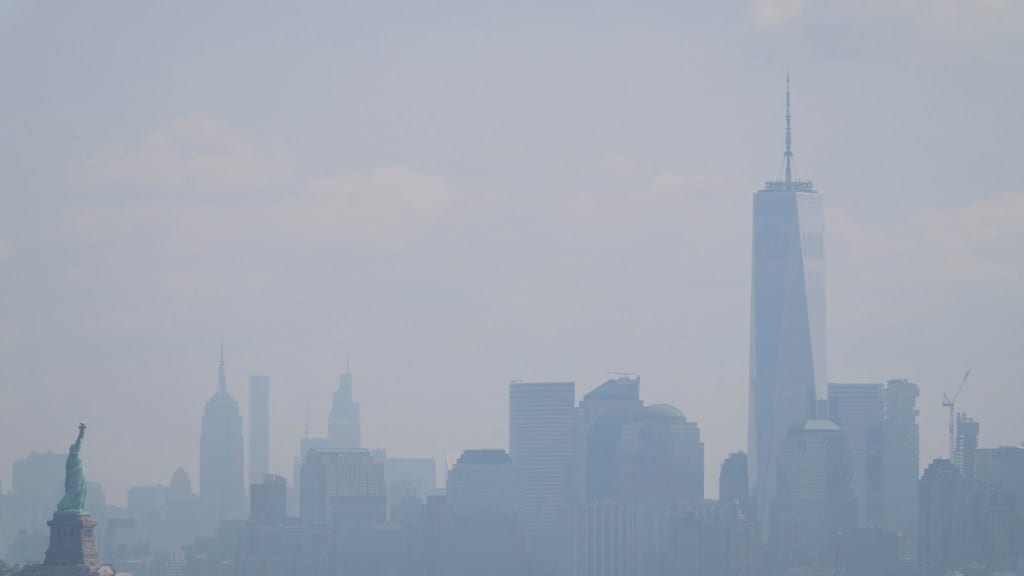The smoke that continues to arise from wildfires in Canada has spread across the US and some parts of Europe. As per NASA satellite images, the wildfire has caused unhealthy levels of smoke in the US
According to IQAir, major cities in the US like Chicago, Milwaukee, and Detroit have experienced the worst air quality in recent times. In fact, last Thursday, Detroit topped the global rankings on worst air quality. While Washington stood in second position in terms of poor air quality, Toronto was in third position.
It may be noted that uncontrollable wildfires have spread across Canada in the last few weeks, resulting in the burning of several acres of land and mass evacuation. The wildfire season starts every year in the month of May and continues till October.
What caused Canadian wildfires?
In recent times, several parts of Canada have experienced major heat and drought due to climate change which continues to heat up our planet Earth. Speaking to CBS News, Edward Struzik, a fellow at Queen’s Environment and author of ‘Dark Days at Noon, The Future of Fire’ , the fire season continues to last long due to the impact of climate change. While spring is coming much earlier than expected and Fall coming later than expected, causing more time for grassland to be expected.
It may be noted that, earlier in 2021, Lytton in British Columbia had experienced 49.6 degrees. It equaled California’s Death Valley in terms of temperature the same day. Also, drought has hit hard in places like Saskatchewan, Manitoba, and Alberta for the last few days, causing dryness in the region as per Canada Drought Monitor.
Also read: Argentina prepares for presidential elections with pro-market candidates
How wildfire starts in Canada
The hot and dry weather leads to lightning. Importantly, in any normal season, half of the country’s wildfires are due to lightning. While 85 percent of wildfire is due to this, the remaining 15 percent are caused by human beings. As per experts, most lighting in North Canada’s forests is due to increased temperatures. Even a one percent increase in temperature can lead to more lightened forests.


